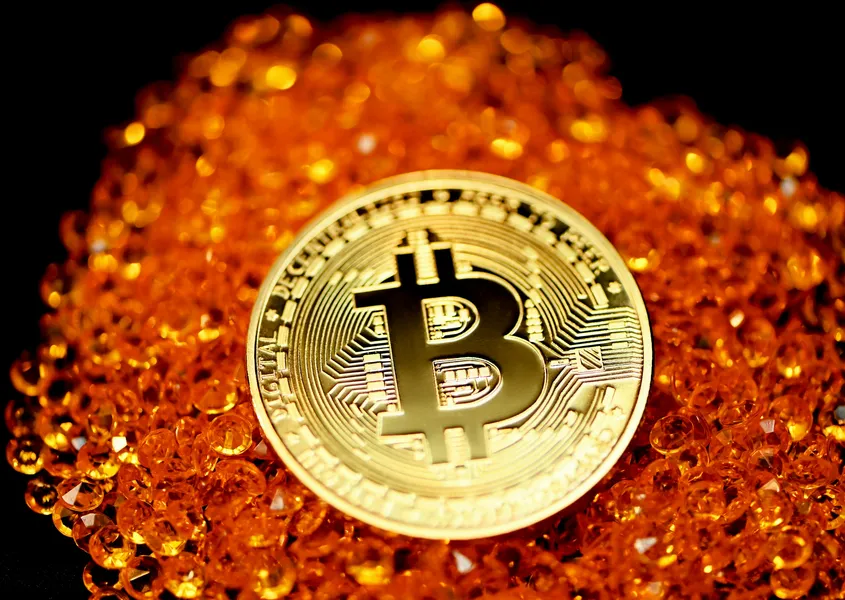How Does AtomicDEX Cryptocurrency Wallet Work? — AtomicDEX, Decentralized Exchange, Wallet

Title: The Skinny on AtomicDEX: A Security Guru’s Take on This Decentralized Crypto Wonder
Subtitle: Don’t Fall for the Hype. Understand How It Really Works (Or Doesn’t)
Introduction:
Hello there, folks! Valerii Wilson here, your favorite crypto security expert and smart contract auditor who never shies away from telling it like it is. I’ve seen my fair share of hacks, bugs, NFT scams, you name it – so trust me when I say that I’m not just spewing out buzzwords for the sake of it.
Now, lately there’s been a lot of chatter about this AtomicDEX thingamajig. It promises to revolutionize the world of cryptocurrency trading, right? Well, let’s cut through the noise and take a closer look at how this so-called decentralized exchange (DEX) actually works.
What Exactly Is AtomicDEX?
At its core, AtomicDEX is an atomic swap-based, non-custodial cryptocurrency wallet that allows users to trade tokens directly from their wallets without relying on a central authority or intermediary. Sounds great, right? But remember, nothing in crypto land is ever as straightforward as it seems.How Does It Work?
Imagine you’ve got some Bitcoin (BTC) and your friend has Ethereum (ETH), but neither of you want to go through the hassle of setting up an account on a traditional exchange to trade them. That’s where AtomicDEX comes in. Using smart contracts, this DEX enables peer-to-peer trading of various cryptocurrencies and tokens without the need for trusted intermediaries or centralized servers.
Here’s a simplified example: If I have BTC and you have ETH, we both lock our respective coins into a smart contract that exchanges them simultaneously—a process known as atomic swap. If something goes wrong during the swap (say, the price of one currency fluctuates too much), the smart contract rolls back the transaction and returns everything to its original state. This ensures security and fairness in each trade.
- Why Should I Care?
Well, for starters, non-custodial wallets like AtomicDEX give users full control over their private keys—no more worrying about exchange hacks or insolvency! Additionally, since trades occur directly between parties without intermediaries, fees tend to be lower than on centralized exchanges.
But as always in crypto, there are pitfalls:
A) Security Issues: Just because something is decentralized doesn’t mean it’s invulnerable. Users need to be vigilant about keeping their devices and software up-to-date, protecting against phishing attacks, and backing up their seed phrases properly.
B) Liquidity Concerns: While AtomicDEX supports hundreds of tokens, some lesser-known ones might have limited trading pairs, leading to poor liquidity. This can result in wider spreads and less favorable exchange rates.
C) User Experience: For all its promises of decentralization and security, using DEXs can still feel clunky compared to centralized exchanges. Navigating complex smart contracts and ensuring accurate pricing information adds another layer of complexity for newcomers.
Conclusion:
So there you have it—a crash course in AtomicDEX from yours truly, your friendly neighborhood crypto security guru. While it may indeed be a step forward in the world of decentralized trading, remember that no system is perfect. Educate yourself about potential vulnerabilities and always exercise caution when dealing with any cryptocurrency-related technology. After all, nobody wants to become another statistic in this wild frontier we call crypto land!
Remember, folks: In the world of cryptos, trust no one—not even AtomicDEX itself.









